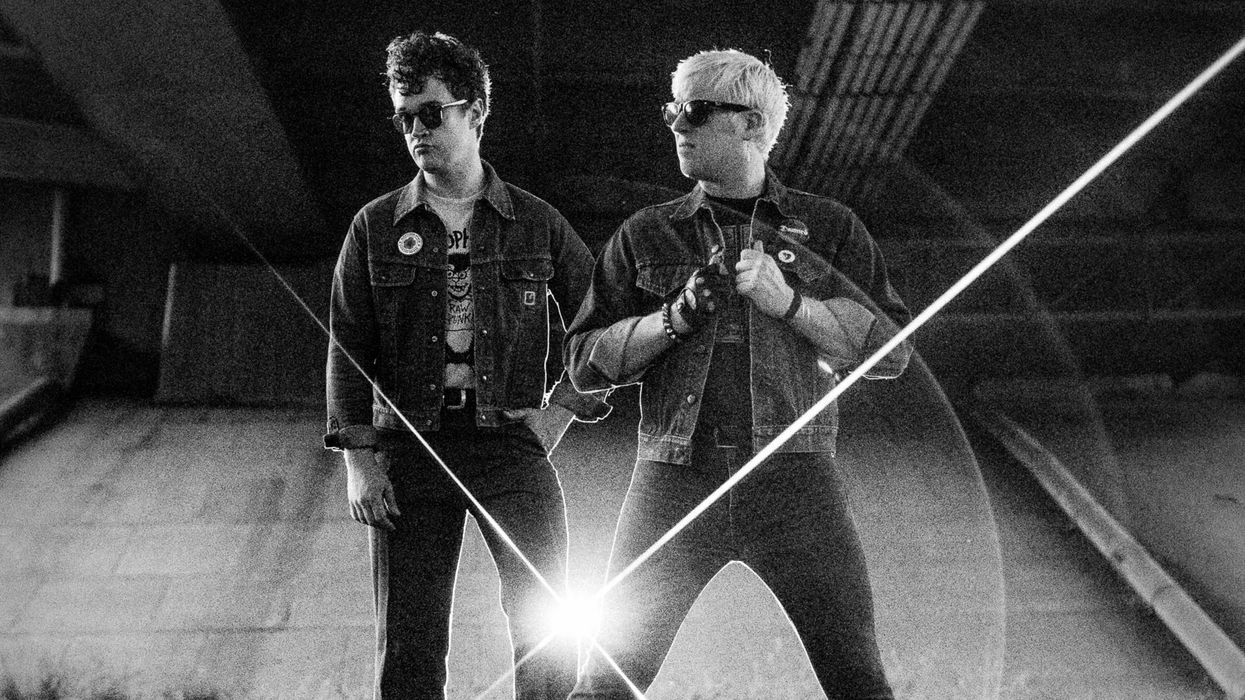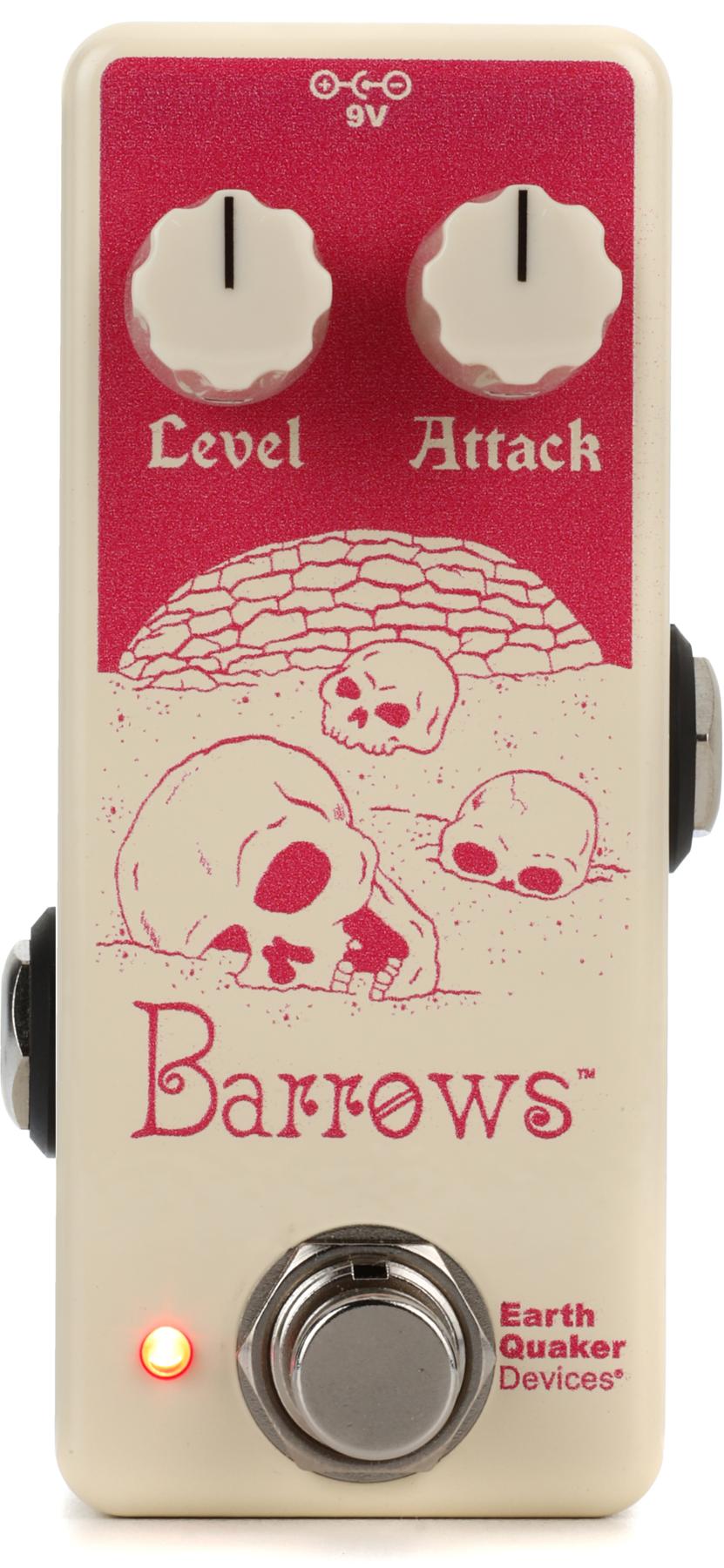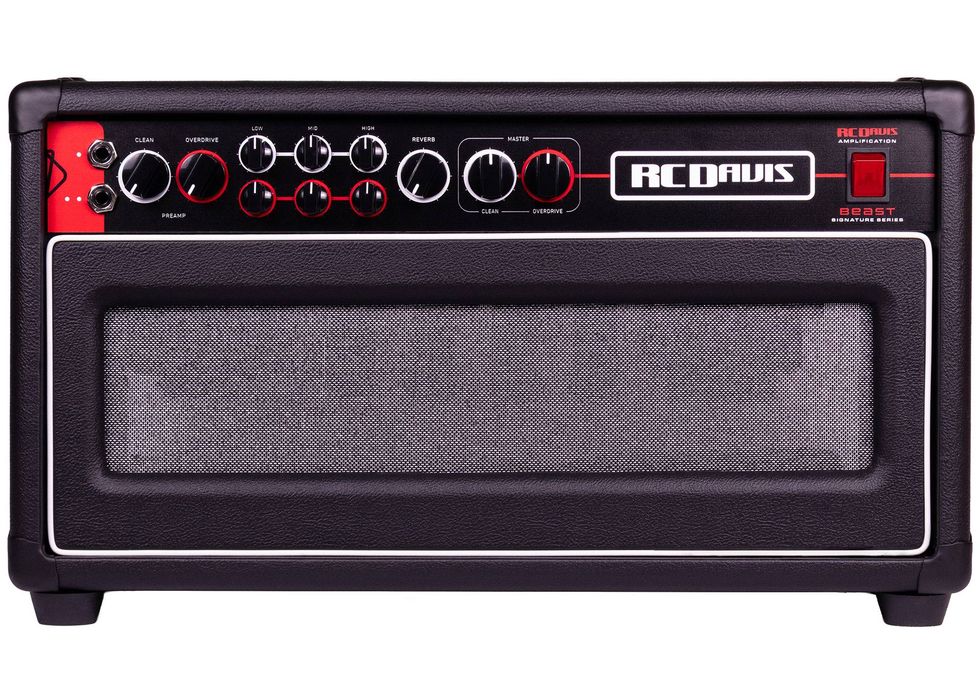This month we’re dedicating our space to dispelling some commonly believed pedal myths and correcting bits of widely circulated misinformation. This is an idea Analog Mike had in response to the voluminous amount of erroneous effects info we’ve been seeing on the Internet over the years. It seems there are always some people who, without having all the necessary facts about a given topic, have no qualms about simply making stuff up! The internet can be an invaluable resource, but whenever you’re looking for specific information, be sure to carefully consider the source. Okay, let’s bust some myths.
Myth: Green Big Muffs are vintage ‘70s.
The legendary Electro-Harmonix Big Muff made its first appearance at the dawn of the 1970s, and continued to be produced in various iterations until Electro-Harmonix closed its doors in 1984. In the early ‘90s, Electro-Harmonix founder Mike Matthews reissued the Big Muff and a few other classic EH effects under the name Sovtek. These pedals were made in Russia, devoid of fancy graphics and housed in military green aluminum enclosures. The green Russian Big Muff was later supplanted by the current production black Russian Big Muff.
So how did a vintage ‘70s green Big Muff myth get started? Analog Mike thinks the origins can be traced to eBay, a leading perpetrator of modern web myths. By virtue of the fact that it’s no longer available, the green Muff has now become somewhat collectible. But that does not by any means make it vintage or ‘70s.
Myth: You can mod a new Phase 90 to script logo specs by removing one component.
This has been a popular modification that’s been making the rounds in the online effects forums for the past couple of years. With the price of original script logo MXR Phase 90s escalating beyond reason, most players aren’t going to include this pedal in their setup. So modifying a reissue to sound like the original is certainly an appealing alternative.
It sounds like a nice idea, and it’s simple enough that it can be performed by players with little or no technical experience – remove R28 from the circuit. But in reality, the mod just dulls the effect by allowing less feedback in the circuit. The actual specifications are still quite a bit different from the original script logo. Yes, the mod does make an audible difference, but it misses the mark both in circuit and sound. This actually leads us our next myth…
Myth: Original script logo MXR pedals are different – and better – than the block logo versions.
According to original MXR design engineer Richard Neatrour, MXR constantly made minor changes to the circuitry of their pedals throughout the entire duration of production. The logo change in 1977 was a marketing decision, strictly cosmetic, and had nothing whatsoever to do with the design of any particular pedal. In fact, many early block logo Phase 90s are internally identical to the last script logo version. We’ve actually found there to be a greater difference in the early block logo pedals and the later block logo versions with the added LED and power jack. Remember this analog aphorism: squiggly letters maketh not the tone.
Myth: AC128 transistors were used in 1960s Fuzz Faces.
This generally accepted myth actually predates the World Wide Web. We all know that the original Arbiter Fuzz Face used two germanium NKT 275 transistors, but legend has it that the AC128 transistor, a similar looking British-made germanium, was occasionally substituted in its place. Having examined more than 100 original Fuzz Faces over the years, Analog Mike says he’s never seen one Fuzz Face with AC128s. Yet others insist they have seen them. Fuzz Face collector Terry Forth cleared up the mystery for us, stating that any time he saw AC128s in a vintage Fuzz Face, they looked to be replacements. This theory is supported by the fact that old germanium transistors were manufactured inconsistently and were notoriously prone to failure.
Myth: E.C. used a Dallas Rangemaster on the Beano album.
As stompbox fanatics, we want to believe this one, but the fact is it’s never been confirmed. It’s pretty well documented that Eric Clapton used an original sunburst Gibson Les Paul Standard coupled with a Marshall JTM45 combo to achieve his legendary tone on the album John Mayall and the Blues Breakers with Eric Clapton, a.k.a. Beano, but there is nothing to support the claim that Clapton used the Rangemaster. He may very well have, but there’s no solid evidence to confirm it, and Slowhand himself has never mentioned using it or not using it.
Check back with us next month for Myth Busters, Part Two. Until then, keep on stompin’!
Tom Hughes
Tom Hughes (a.k.a. Analog Tom) is the owner and proprietor of For Musicians Only (formusiciansonly.com) and author of Analog Man’s Guide To Vintage Effects. For Musicians Only is also the home of the FMO Gear Shop.
email: stompschool@formusicainsonly.com
web: formusiciansonly.com
Analog Man (analogman.com) is one of the largest boutique effects manufacturers and retailers in the business, established by “Analog” Mike Piera in 1993. Mike can be reached at AnalogMike@aol.com



















